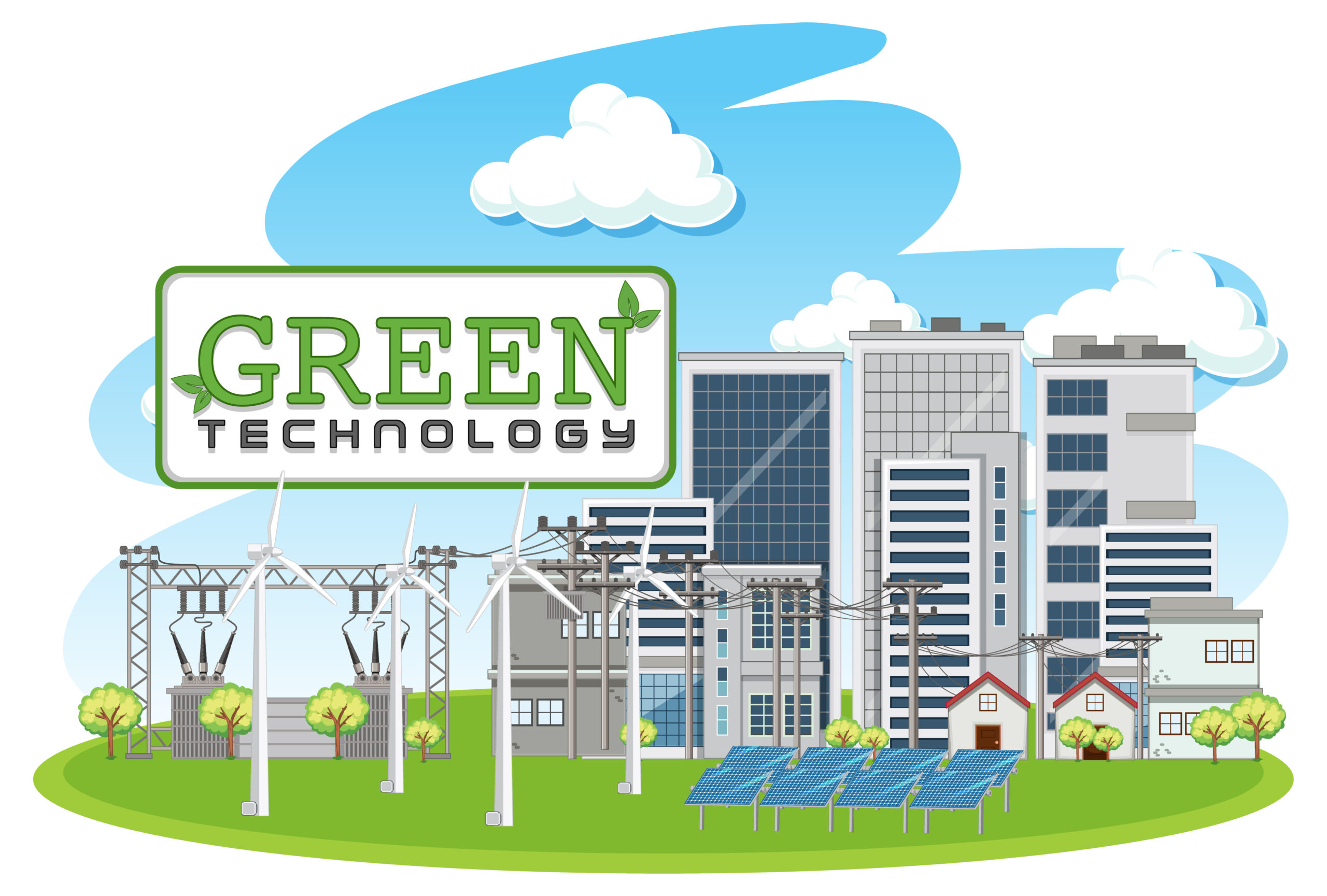Introduction
As environmental concerns become more pressing, the IT industry is under increasing pressure to reduce its carbon footprint. Sustainable IT infrastructure focuses on minimizing environmental impact while maintaining performance and reliability.
The Importance of Sustainable IT Infrastructure
Data centers and IT operations consume significant amounts of energy, contributing to greenhouse gas emissions. Transitioning to sustainable practices is essential for reducing the environmental impact of IT.
Strategies for Sustainable IT Infrastructure
- Energy-Efficient Hardware: Investing in hardware that consumes less power and generates less heat.
- Renewable Energy Sources: Powering data centers and IT operations with renewable energy sources such as solar and wind.
- Efficient Cooling Solutions: Implementing advanced cooling technologies to reduce energy consumption.
- Recycling and Reuse: Promoting the recycling and reuse of hardware components to minimize electronic waste.
Emerging Technologies in Sustainable IT
- Liquid Cooling: Utilizing liquid-based cooling systems to efficiently manage heat in data centers.
- AI-Driven Energy Management: Leveraging artificial intelligence to optimize energy usage and reduce waste.
- Edge Computing: Processing data closer to the source to reduce the need for long-distance data transmission and associated energy consumption.
Benefits of Sustainable IT Infrastructure
- Cost Savings: Reduced energy consumption leads to lower operational costs.
- Regulatory Compliance: Meeting environmental regulations and standards.
- Corporate Responsibility: Demonstrating a commitment to sustainability enhances brand reputation.
Challenges and Considerations
Organizations must address several challenges when transitioning to sustainable IT infrastructure:
- Initial Investment: The upfront cost of implementing sustainable technologies can be high.
- Legacy Systems: Upgrading or replacing legacy systems to meet sustainability goals.
- Supply Chain: Ensuring that suppliers adhere to sustainable practices.
Conclusion
Sustainable IT infrastructure is not just a trend but a necessity for businesses aiming to reduce their environmental impact. By adopting green hardware and practices, organizations can contribute to a healthier planet while achieving operational efficiency.





